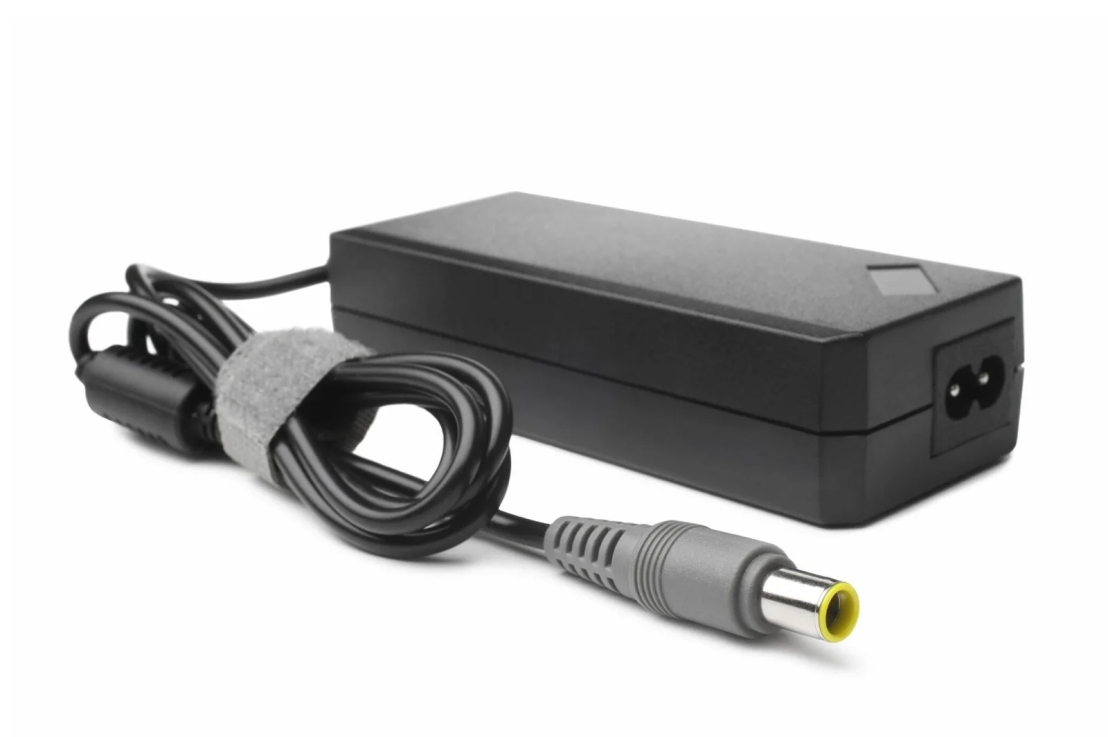Modern life is rife with AC-DC power adapters. Computers, mobile phones, tablets, and many other contemporary technologies rely on them. In this blog post, we will look closer at AC and DC power adapters and explain each kind of adapter and how it works.
The AC-DC Power Adapter: How Does It Operate?
An AC-DC power adapter or an AC/DC power converter or charger transforms the alternating current (AC) that flows through a wall socket into the direct current (DC) that electronic devices need. You can now charge your devices wirelessly, eliminating the need for batteries or an additional power source.
Various electrical components may be powered by an assortment of AC adapters, each with its unique voltage and brand. Combinations with computers, mobile devices, and gaming consoles lead to their extensive use. It is not possible to safely or effectively power gadgets without AC adapters.
What is AC Power?
Most power homes and businesses get is AC, or alternating current. It gets its name from the unusual path electrons take while passing through it. Alternating current (AC) is characterized by periodic direction reversal and amplitude variation.
The voltage and frequency of the AC electricity could vary from one location to another. Due to AC’s greater transmission distance, it is preferred over DC power by electrical grid systems worldwide.
What is DC Power?
There are several applications for direct current, or DC, a distinct kind of energy. In direct current (DC), unlike alternating current (AC), the movement of electrons is linear. Alternators, fuel cells, batteries, and solar cells are the only devices that use direct current (DC) energy, which is distinct from alternating current (AC).
Direct current power has the ability to consistently provide electrical devices with a constant voltage, which is a big advantage. However, DC power cannot be used in electrical grid systems due to its transmission distance restriction.
Direct current (DC) switchgear is a subtype of electrical switchgear that is designed specifically for use with DC power. Trustworthy and secure operation of DC systems is ensured by this switchgear, which regulates and safeguards DC circuits.
For what purposes is an AC/DC power adapter used?
Now that we know what AC power is and how DC power differs, let’s examine AC-DC power adapters in more detail. An electrical circuit’s positive and negative poles are continually switched reversibly by alternating current (AC). This kind is used for main power delivery. However, DC maintains a continuous flow and does not reverse direction. Powering devices that rely on rechargeable batteries, telecommunications equipment, and automobile batteries are electrical pylons that transmit direct current (DC).
Typically, a compact central unit houses the power-switching circuitry of an AC adapter. The equipment requires a certain voltage, therefore this device converts AC power from the wall socket to DC power. The output of the adapter is sent to the device by a power cord, which may either charge the battery or enable the item to work.
Power levels, commonly expressed in volts, are something that most electrical devices, including ac converters, are capable of handling. Furthermore, they are equipped with a variety of plugs to suit different sorts of outlets. One example is the fact that the UK’s standard power plug is different from the one used throughout Europe.
The majority of AC/DC converters are not universally compatible since they are designed for certain devices. But some variants can charge a wide range of devices instead of just one. Power supply adapters that work with various plug sizes (also termed star or X connectors) and can handle voltages ranging from 100 to 240 volts are common.
Does any particular factor drive the AC-DC power adapter industry?
The increasing need for energy-efficient electrical equipment is a major factor driving the industry forward. In the last twenty years, significant advancements have been seen in power supply technology, particularly in AC-DC external plug-in power converters tailored for low-voltage, high-current CPUs.
To address the limitations of traditional electronic loads imposed by low voltages, power adapter converters that are both efficient and technologically advanced have been created. Recent innovations in the design of external plug-in power adapters have significantly boosted this field.
Another critical environmental component is the fast evolution of new medical devices and consumer electronics technology. The demand for AC-DC power adapters is expected to skyrocket due to the projected dramatic improvements in consumer devices.
Conclusion
An AC-DC power adapter is necessary to maintain connectivity to the power grid and our everyday electronic devices. Modern technical gadgets are better equipped to handle direct current (DC) power while alternating current (AC) is more efficient across long distances and more suitable for widespread distribution. The AC-DC power adapter perfectly illustrates how the smallest component may be crucial to our quest for progress.
